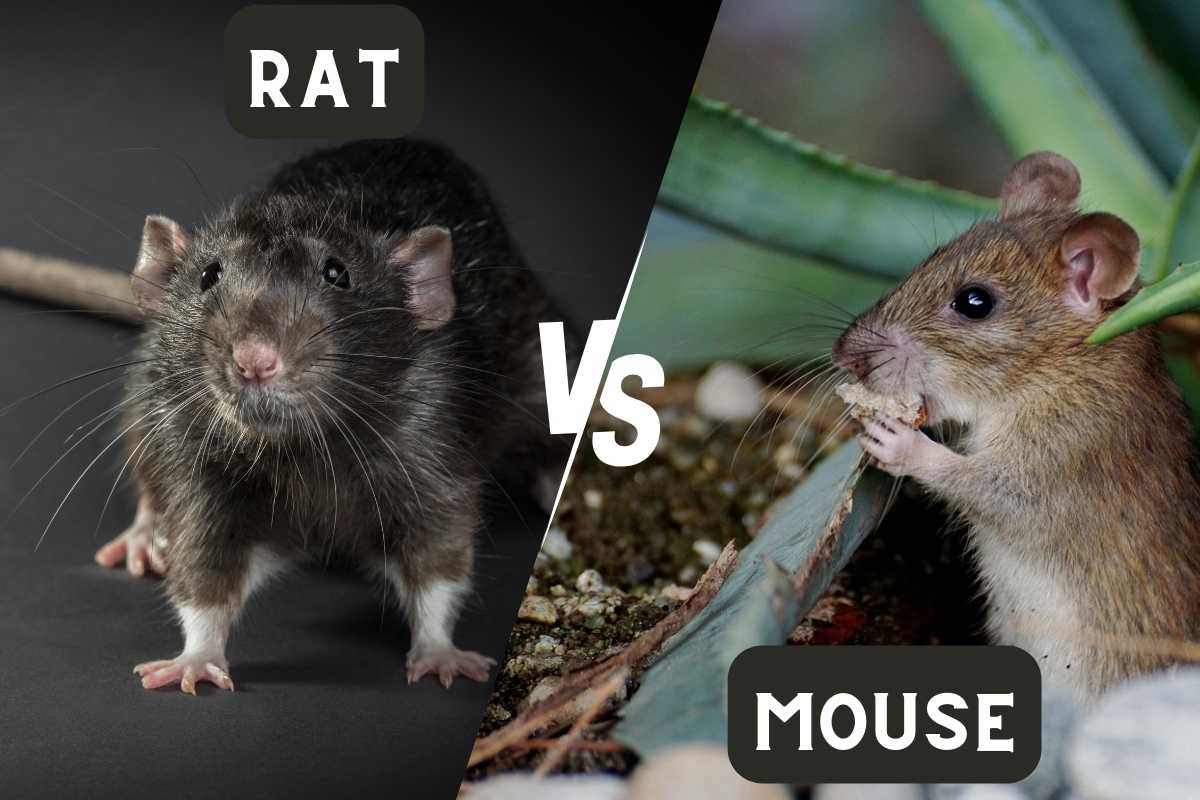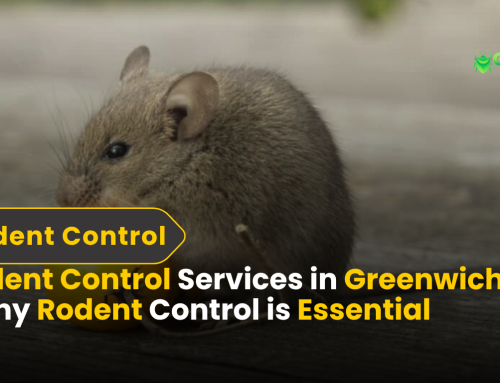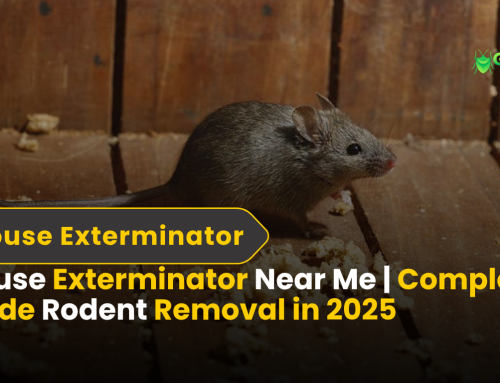Mice vs Rats: The Biggest Controversy of 2025 – Why It Matters In Connecticut
In 2025, an unexpected yet intense debate has emerged: the controversy between mice and rats. While both belong to the rodent family, their differences have ignited discussions among scientists, pet owners, pest control experts, and the general public. This debate goes beyond physical characteristics, touching on intelligence, behavior, and their overall impact on human life.
Mice are typically smaller, more curious, and easier to trap, while rats are larger, highly intelligent, and more cautious. Their differing social structures and problem-solving abilities have led researchers to explore their cognitive skills, further fueling the discussion. The controversy has also extended to ethical concerns, as more people question traditional pest control methods and advocate for humane treatment.
Additionally, rising urban infestations due to climate change and human expansion have brought attention to rodent control, sparking divided opinions on the best approaches. Some see rats as dangerous pests, while others recognize their intelligence and even keep them as pets. With media coverage, scientific studies, and ethical debates fueling the conversation, this issue has captured public interest like never before.
As the debate continues, understanding the role of these rodents in our environment and daily lives becomes crucial in finding balanced solutions.
Mice vs. Rats: Understanding the Differences
1. Physical Differences
- Size
Rats are significantly larger than mice. An average rat measures between 9-11 inches in length, whereas mice are much smaller, typically ranging from 3-4 inches. Their larger size makes rats more destructive compared to mice.
- Tail
One of the most noticeable differences is their tails. Mice have long, thin tails covered in a fine layer of fur, making them appear softer. In contrast, rat tails are thick, hairless, and scaly, giving them a rougher texture.
- Ears and Snout
Mice have proportionally larger ears and a more triangular snout, making their features appear more delicate. On the other hand, rats have smaller ears relative to their body size and a blunt, rounded snout, giving them a more robust appearance.
2. Behavior and Intelligence
- Pest Control
Both mice and rats are common household invaders, but rats cause more destruction due to their larger size and stronger gnawing power. They can chew through wires, furniture, and even walls, leading to significant property damage.
- Health Risks
Rats are notorious carriers of dangerous diseases such as leptospirosis and the plague, posing a serious health threat. Mice can also spread illnesses, but their impact is generally less severe compared to rats. Proper sanitation and pest control measures are crucial in preventing infestations.
- Pets vs. Pests
Despite their reputation as pests, some people keep fancy rats as pets due to their intelligence, trainability, and social nature. Pet mice, while also popular, tend to be less interactive and trainable. Understanding these differences helps in making informed decisions about rodent control or pet ownership.
3. Impact on Humans
- Curiosity and Trapping
Mice are naturally curious creatures that frequently explore new environments. This trait makes them easier to trap since they are more likely to investigate unfamiliar objects, including baited traps.
- Caution and Learning
Rats, on the other hand, are highly intelligent and extremely cautious. They are capable of learning from past experiences, making them more difficult to trap or control. If a rat encounters danger, it will avoid similar situations in the future, increasing the challenge of pest management.
- Social Structure and Communication
Rats live in hierarchical groups where they establish dominance and communicate through vocalizations and pheromones. Their social behavior helps them survive in complex environments. Mice, while also social, are more independent and do not exhibit the same structured group behavior as rats.
Why Is This a Major Controversy in 2025?
The controversy surrounding mice and rats in 2025 stems from several factors, including their impact on public health, urban environments, and ecosystems. As rodents continue to thrive in cities, they pose significant health risks by carrying diseases like leptospirosis, hantavirus, and salmonella.
Their ability to adapt to urban environments has led to increased infestations, particularly in densely populated areas, which raises concerns over hygiene and food safety.
In addition to their health risks, these rodents are also responsible for significant property damage by chewing through wires, insulation, and structural elements. Environmentalists argue that efforts to control rodent populations through poisoning and trapping may harm non-target species, fueling the debate over humane pest management and the ethical implications of rodent control methods.
- Rise in Urban Infestations: Cities worldwide have reported increased rodent populations due to climate change and urban expansion.
- Ethical Considerations: Animal rights groups are advocating for humane treatment, questioning traditional pest control methods.
- Scientific Discoveries: Recent studies suggest rats possess cognitive abilities comparable to small primates, changing how we perceive their intelligence.
- Media Influence: Viral social media debates and documentaries have fueled the discussion, leading to divided opinions on how to deal with these rodents.
Professional Aspects and Green Pest Management Solutions
1. Professional Pest Control Approaches
- Pest control experts utilize a combination of preventive measures, monitoring, and targeted treatments to manage infestations effectively.
- Traditional methods include traps, baits, and exclusion techniques to prevent rodents from entering homes and businesses.
- Emerging technologies such as electronic monitoring and ultrasonic repellents offer more efficient and humane control solutions.
2. Green Pest Management Strategies
- Eco-Friendly Rodent Control: Natural deterrents such as essential oils, ultrasonic repellents, and humane traps help control populations without harming the environment.
- Integrated Pest Management (IPM): This approach combines biological, cultural, and mechanical methods to minimize rodent populations sustainably.
- Predatory Control: Encouraging natural predators such as owls and snakes in ecosystems helps maintain a balance and reduce rodent populations naturally.
- Sustainable Practices: Using non-toxic baits, biodegradable traps, and promoting habitat modifications that deter rodents without harming wildlife.

Frequently Asked Questions (FAQs)
1. Are rats more dangerous than mice?
Yes, rats pose greater health risks and cause more property damage due to their size and biting force. However, both rodents can carry diseases and contaminate food sources.
2. Which is smarter, a rat or a mouse?
Rats are considered more intelligent and capable of problem-solving, whereas mice rely more on instinct and curiosity.
3. Can mice and rats coexist?
No, rats are territorial and will often kill mice if they share the same environment.
4. Is it possible to have a rat or a mouse as a pet?
Yes, fancy rats and pet mice are bred for domestication. Rats are more social and trainable, making them better pets than mice.
5. How can I prevent a rodent infestation at home?
Seal all entry points, store food properly, maintain cleanliness, and use humane traps or professional pest control services if needed.
Conclusion
The debate between mice and rats continues to gain attention worldwide in 2025. Whether seen as pests or pets, these rodents play crucial roles in ecosystems, scientific research, and even companionship. Their presence in urban environments has sparked discussions about the best methods for control, ethical considerations, and their overall impact on human life. While some view them as disease carriers and household nuisances, others appreciate their intelligence and trainability, especially in the case of pet rats.
As urban populations grow, the challenges of rodent infestations become more pressing. Ethical concerns regarding pest control methods have led to increased advocacy for humane and sustainable solutions. Green pest management offers an eco-friendly approach to controlling rodent populations while minimizing harm to the environment. By integrating professional pest control techniques with humane trapping, natural deterrents, and preventive measures, we can effectively manage rodent populations without compromising ethical and environmental values.
This controversy is likely to persist as scientific advancements and ethical perspectives continue to evolve. Understanding the behavior and ecological roles of mice and rats will help society make informed decisions about their management, ensuring a balanced approach that prioritizes both human well-being and environmental sustainability.










